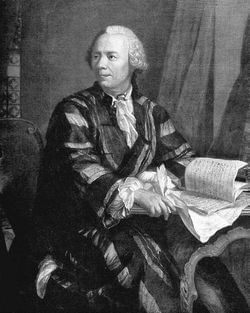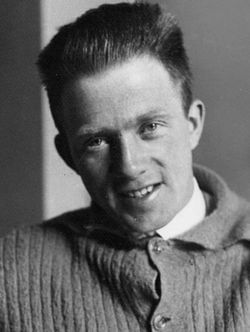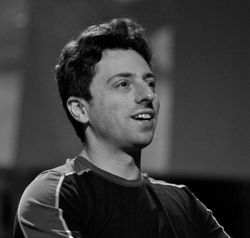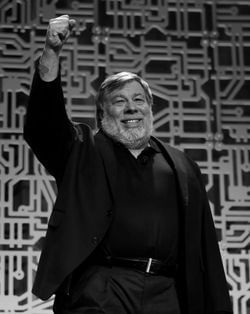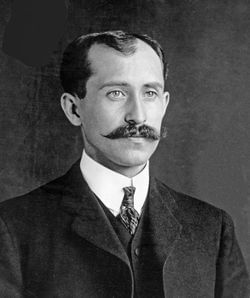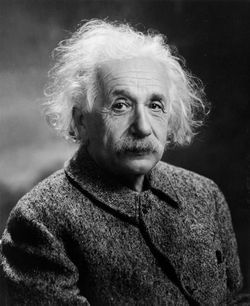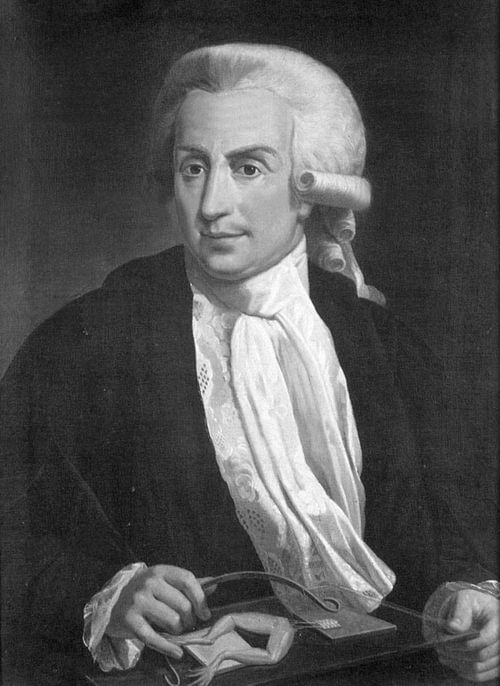
Photo Attribution: Unidentified painter, Public domain, via Wikimedia Commons
Luigi Galvani
This example has been viewed 669x times
Summary
Rodden Rating
Analysis for Luigi Galvani
Biography
Luigi Galvani (/ɡælˈvɑːni/, also US: /ɡɑːl-/;[1][2][3][4] Italian: [luˈiːdʒi ɡalˈvaːni]; Latin: Aloysius Galvanus; 9 September 1737 – 4 December 1798) was an Italian physician, physicist, biologist and philosopher, who studied animal electricity. In 1780, he discovered that the muscles of dead frogs' legs twitched when struck by an electrical spark.[5]: 67–71 This was an early study of bioelectricity, following experiments by John Walsh and Hugh Williamson.
Early life
Luigi Galvani was born to Domenico Galvani and Barbara Caterina Foschi, in Bologna, then part of the Papal States.[6] The house in which he was born may still be seen on Via Marconi, 25, in the center of Bologna.[7] Domenico was a goldsmith.[6] His family had produced several illustrious men.[7]
Galvani then began taking an interest in the field of "medical electricity". This field emerged in the middle of the 18th century, following electrical researches and the discovery of the effects of electricity on the human body by scientists including Bertrand Bajon and Ramón M. Termeyer [pl] in the 1760s,[8] and by John Walsh[9][10] and Hugh Williamson in the 1770s.[11][12]
Galvani vs. Volta
Alessandro Volta, a professor of experimental physics in the University of Pavia, was among the first scientists who repeated and checked Galvani’s experiments. At first, he embraced animal electricity. However, he started to doubt that the conductions were caused by specific electricity intrinsic to the animal's legs or other body parts. Volta believed that the contractions depended on the metal cable Galvani used to connect the nerves and muscles in his experiments.[12]
Every cell has a cell potential; biological electricity has the same chemical underpinnings as the current between electrochemical cells, and thus can be duplicated outside the body. Volta's intuition was correct. Volta, essentially, objected to Galvani’s conclusions about "animal electric fluid", but the two scientists disagreed respectfully and Volta coined the term "Galvanism" for a direct current of electricity produced by chemical action.[14]
Since Galvani was reluctant to intervene in the controversy with Volta, he trusted his nephew, Giovanni Aldini, to act as the main defender of the theory of animal electricity.[12]
Death
Galvani actively investigated animal electricity until the end of his life. The Cisalpine Republic, a French client state founded in 1797 after the French occupation of Northern Italy, required every university professor to swear loyalty to the new authority. Galvani, who disagreed with the social and political confusion, refused to swear loyalty, along with other colleagues. This led to the new authority depriving him of all his academic and public positions, which took every financial support away. Galvani died peacefully surrounded by his mother and father, in his brother’s house depressed and in poverty, on 4 December 1798.[12]
Legacy
Galvani's legacy includes:
Galvani's report of his investigations were mentioned specifically by Mary Shelley as part of the summer reading list leading up to an ad hoc ghost story contest on a rainy day in Switzerland—and the resultant novel Frankenstein—and its reanimated construct. In Frankenstein, Victor studies the principles of galvanism but it is not mentioned in reference to the creation of the Monster. Galvani's name also survives in everyday language as the verb 'galvanize' as well as in more specialized terms: Galvani potential, galvanic anode, galvanic bath, galvanic cell, galvanic corrosion, galvanic couple, galvanic current, galvanic isolation, galvanic series, galvanic skin response, galvanism, galvanization, hot-dip galvanization, galvanometer, Galvalume, and psycho-galvanic reflex.
Galvani, according to William Fox, was "by nature courageous and religious." Jean-Louis-Marc Alibert said of Galvani that he never ended his lessons “without exhorting his hearers and leading them back to the idea of that eternal Providence, which develops, conserves, and circulates life among so many diverse beings.”[15]
Source: https://en.wikipedia.org/wiki/Luigi_Galvani
Raw Data
Horoscope Data
Comments
Natal Data
1737-09-09 Unknown Time GMT
44° 29′ 41.6″ N 11° 20′ 33.4″ E
Bologna, Metropolitan City of Bologna, Italy
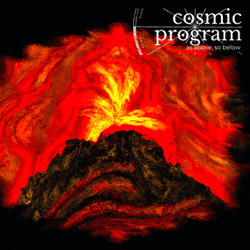

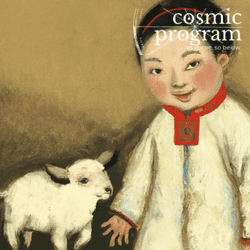


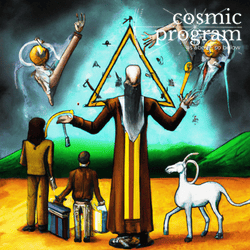

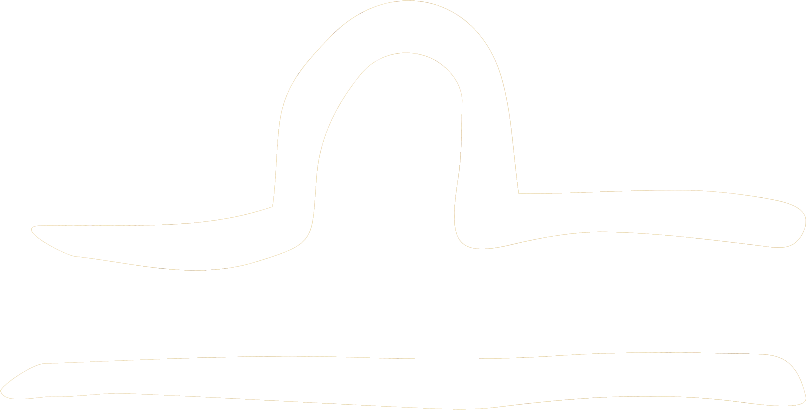
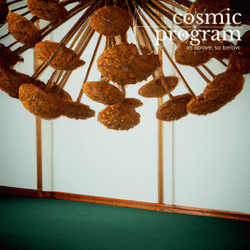


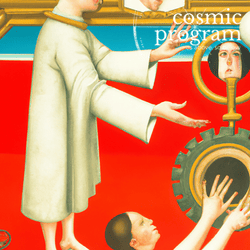

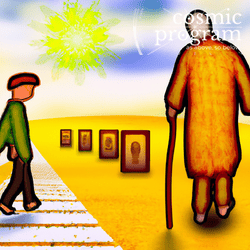

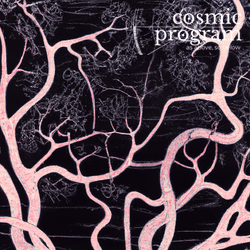
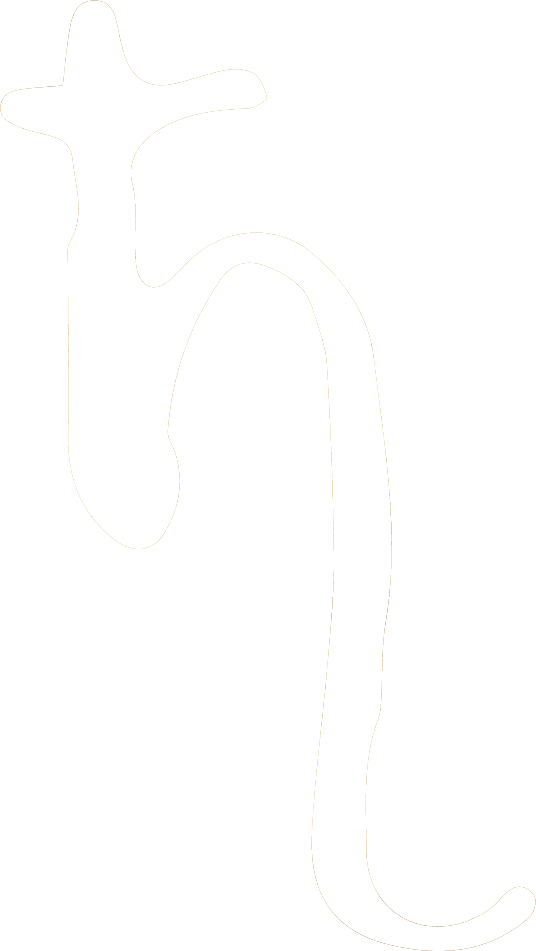




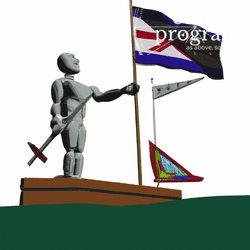


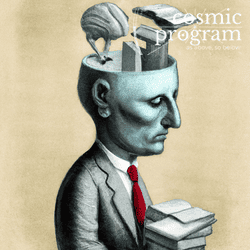

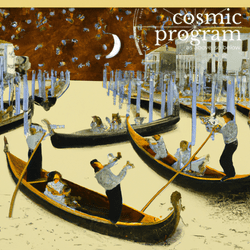

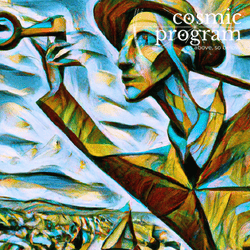

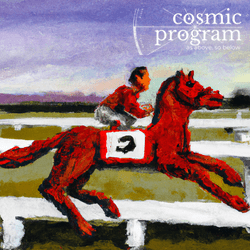

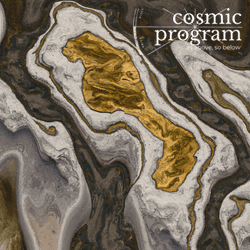




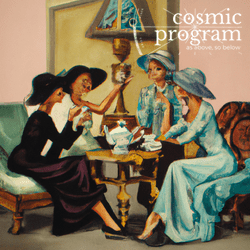

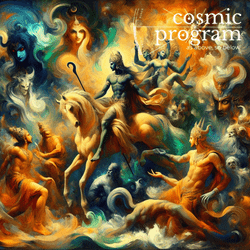
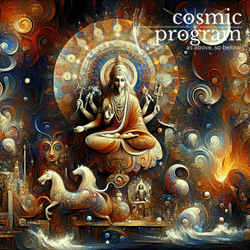
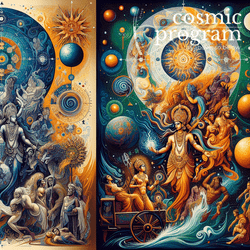
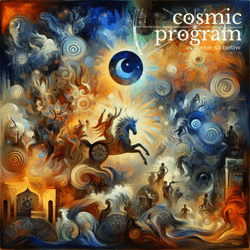
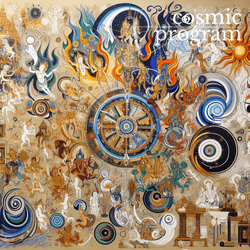
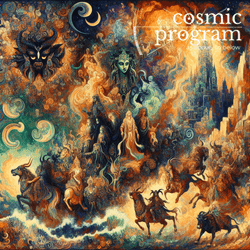
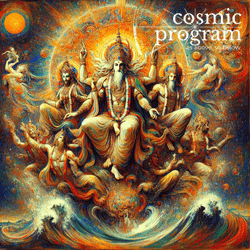
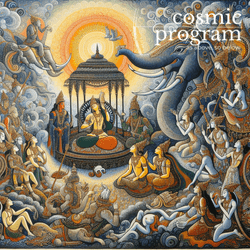
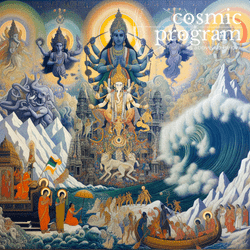
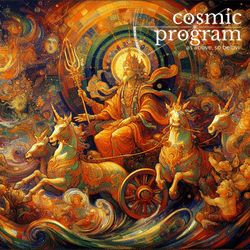
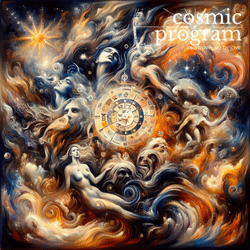
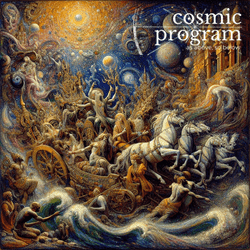
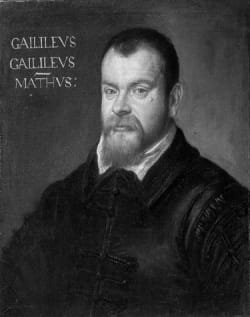

.jpg?bossToken=26bc9513766a0347465837bf167fccb40929b703e38a700a5138b5a75171fffb)
